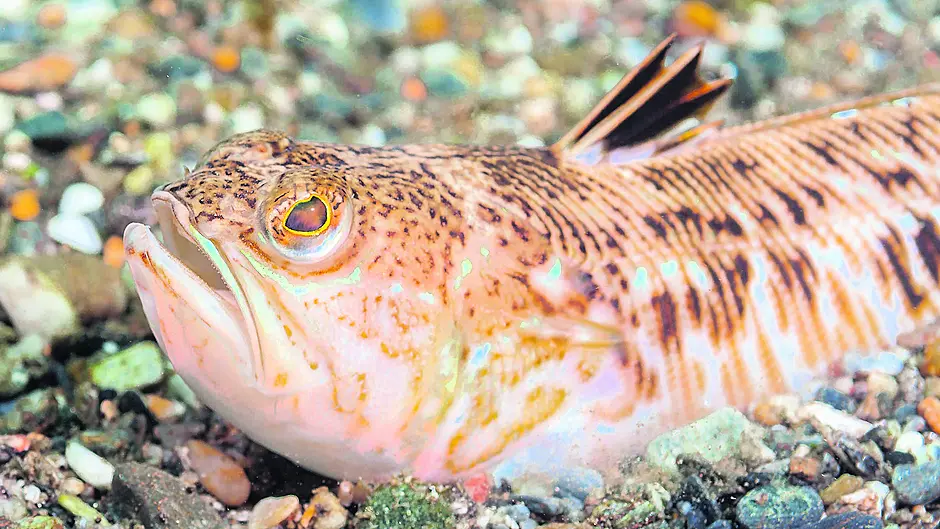SOME of West Cork’s most popular sandy beaches are infested with nasty weever fish.
Stings and sightings of the tiny fish – which use the middle barb in their dorsal fin as a defence mechanism to deliver a neurotoxin – are on the rise.
Pádraig Whooley, the sightings officer with the Irish Whale and Dolphin Group (IWDG) said he had no wish to be alarmist but he advised swimmers, and people walking the shoreline, to take the precaution of wearing swimming booties.
He said there are some areas in West Cork where weever fish have been detected in the wet sand every square metre.
‘If you walk across a sandy beach, particularly at low tide,’ he said, ‘the risk of stepping on a weever fish is extremely high.’
He explained that the fish are native to Irish waters. ‘They have always been here,’ he said.
‘You can’t say it is climate change, but our oceans are changing and our warming waters have created areas where they have exploded in numbers.
‘This is particularly true in sandy areas because people are not talking about being stung on shingle beaches,’ he added. Pádraig said a pair of booties is ‘the simplest solution’ nevertheless he admits that even after taking such precautions he has been stung three times in the last two years.
Recently, the IWDG sightings officer spoke to RTÉ’s Joe Duffy who said he too had been stung and was still bandaged for burns three weeks after taking ‘the cure.’
On the day Joe was stung, he said he was assisted by two people, one of whom recommended using a lit cigarette to treat the sting.
He went instead with the recommendation of the second person, a nurse, who said he should put his foot into a bucket of water – as hot as he could endure.
Joe said the nurse told him the pain was ‘worse the childbirth.’
Although he was in no position to agree, he admitted he would have ‘done anything’ to get rid of the pain, which he described as ‘excruciating.’
Pádraig Whooley suggested that warning notices by the Council on sandy beaches would ‘go a long way’ to warning the public of the danger of the pain that these submerged fish at the water’s edge can inflict.







